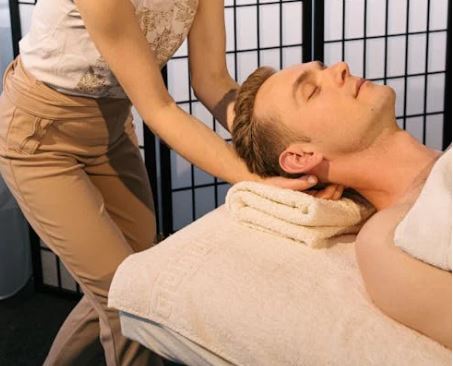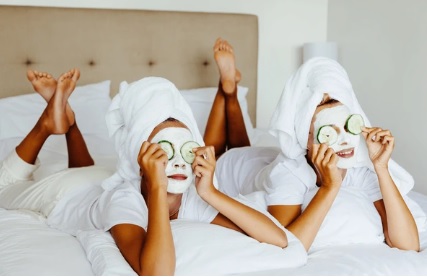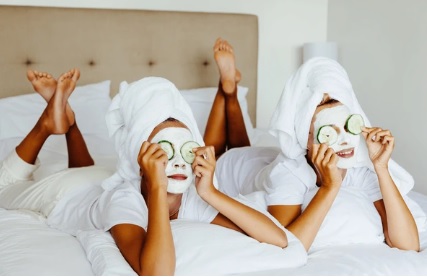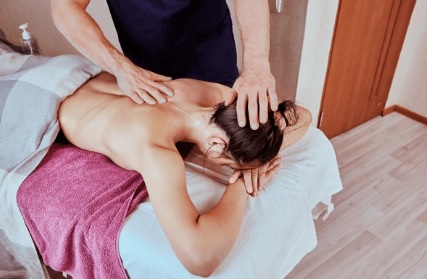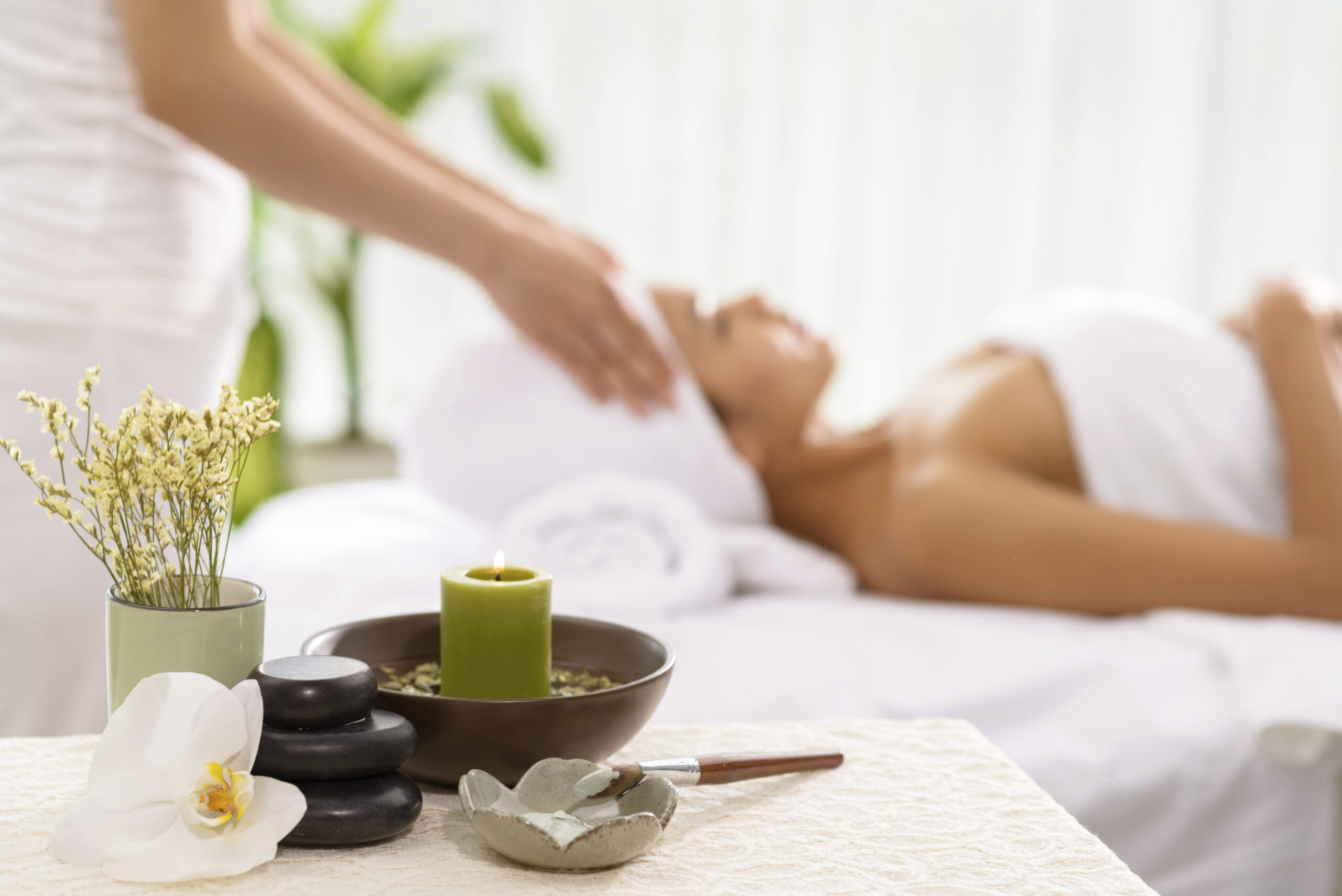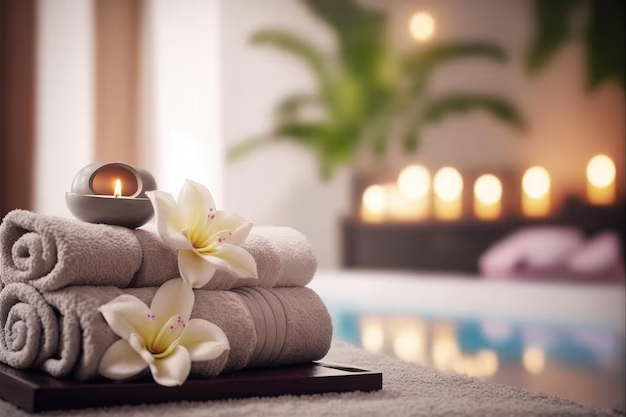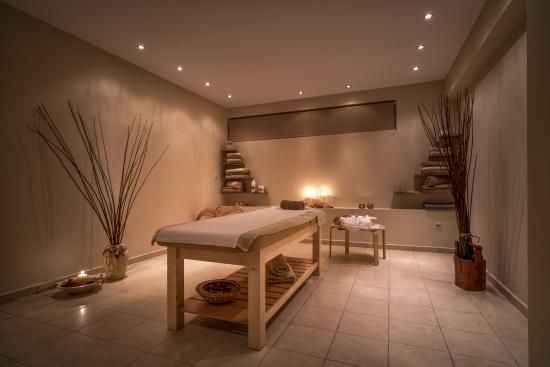From soothing massages to indulgent facials, our curated selection of spa services is designed to renew your body, mind, and spirit. Immerse yourself in ancient healing traditions and modern wellness techniques, all set against the backdrop of Bangalore’s vibrant culture and heritage.
Cupping Therapy: An Ancient Technique for Modern Healing
Recent Post
Categories
Have Any Question?
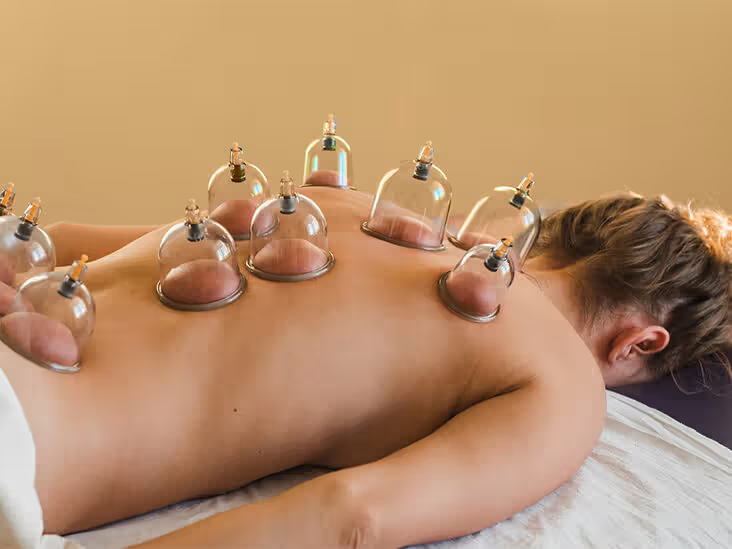
Cupping therapy is a traditional healing practice that involves placing cups on the skin to create suction. This suction is believed to mobilize blood flow, promote healing, and enhance overall well-being. Cupping therapy has been used in various cultures for thousands of years, and it remains a popular treatment in modern complementary and alternative medicine.
Origins and History
Cupping therapy has ancient roots, with evidence of its use found in Chinese, Egyptian, and Middle Eastern cultures. The earliest known reference to cupping is found in the Ebers Papyrus, an ancient Egyptian medical text dating back to 1550 BCE. The practice was also prevalent in traditional Chinese medicine (TCM) and was mentioned in the writings of Hippocrates, the father of Western medicine.
In TCM, cupping is based on the principles of balancing the body’s energy, or Qi, and improving the flow of blood and fluids. The therapy was traditionally used to treat a wide range of ailments, from respiratory conditions to musculoskeletal pain.
Techniques and Methodology
Cupping therapy involves using specialized cups to create a vacuum effect on the skin. This suction helps to draw blood to the surface, promoting circulation and stimulating the body’s natural healing processes. There are several techniques and types of cupping, including:
- Dry Cupping: The most common method, dry cupping involves creating suction within the cup without any additional substances. The cup is placed on the skin and left in place for several minutes.
- Wet Cupping (Hijama): This technique involves both suction and controlled bleeding. The therapist makes small incisions on the skin before applying the cup, allowing a small amount of blood to be drawn out. Wet cupping is often used to treat more severe conditions and is commonly practiced in Middle Eastern and Islamic cultures.
- Fire Cupping: This traditional method uses heat to create suction. A flame is briefly placed inside the cup to create a vacuum effect, and then the cup is quickly placed on the skin. The heat method is less commonly used today but is still practiced in some cultures.
- Glass Cupping: Glass cups are used to create suction, and a flame is used to heat the air inside the cup before applying it to the skin. This method allows for precise control over the suction strength and is often used in traditional cupping practices.
- Silicone Cupping: Modern cupping therapy often uses silicone cups, which can be squeezed to create suction. These cups are flexible and allow for easy adjustment of the suction level.
Benefits of Cupping Therapy
Cupping therapy offers a range of benefits, making it a versatile treatment for various physical and emotional conditions:
- Pain Relief: Cupping therapy is often used to relieve muscle and joint pain, including back pain, neck pain, and arthritis. The suction helps to increase blood flow and reduce muscle tension.
- Improved Circulation: By drawing blood to the surface of the skin, cupping therapy promotes better circulation and helps to deliver oxygen and nutrients to tissues, aiding in healing and recovery.
- Detoxification: Cupping is believed to help remove toxins from the body by drawing out impurities and stimulating the lymphatic system.
- Enhanced Flexibility: The therapy can help improve flexibility and range of motion by releasing muscle tightness and increasing blood flow.
- Relaxation: Cupping therapy has a calming effect on the nervous system, promoting relaxation and reducing stress and anxiety.
- Respiratory Health: Cupping is sometimes used to treat respiratory conditions such as asthma and bronchitis by improving lung function and clearing mucus.
- Skin Health: The increased blood flow and stimulation of the skin can help improve the appearance of the skin and treat conditions such as acne and cellulite.
The Experience
A typical cupping therapy session lasts between 20 to 30 minutes. The session begins with a brief consultation where the therapist discusses the client’s health concerns and goals. The therapist then selects the appropriate type of cupping technique based on the client’s needs.
The therapist applies the cups to the skin, creating suction either through heat or mechanical means. Depending on the technique used, the cups may be left in place for a few minutes or moved around the skin in a process known as “gliding cupping.”
During the session, clients may experience a feeling of tightness or pulling as the cups create suction. The sensation is generally not painful, but some clients may experience mild discomfort, especially if they have sensitive skin. After the session, clients may notice circular marks or bruising on the skin, which typically fades within a few days.
Who Can Benefit?
Cupping therapy can be beneficial for a wide range of individuals, especially those seeking relief from pain, improved circulation, or enhanced relaxation. It is particularly helpful for:
- Individuals with chronic pain conditions, such as back pain or arthritis
- Those seeking relief from muscle tension and stiffness
- People with respiratory issues, such as asthma or bronchitis
- Individuals looking to improve circulation and detoxify the body
- Those experiencing stress, anxiety, or poor sleep
However, cupping therapy may not be suitable for everyone. People with certain medical conditions, such as bleeding disorders, open wounds, or skin infections, should avoid cupping. Pregnant women and individuals with sensitive skin should also consult with a healthcare provider before undergoing cupping therapy.
Conclusion
Cupping therapy is a time-honored practice that offers a unique approach to healing and well-being. By combining the benefits of suction with traditional therapeutic techniques, cupping helps to relieve pain, improve circulation, and promote overall health. Whether you’re seeking relief from muscle pain, looking to enhance relaxation, or simply interested in exploring alternative therapies, cupping therapy provides a powerful and effective option for achieving balance and rejuvenation.
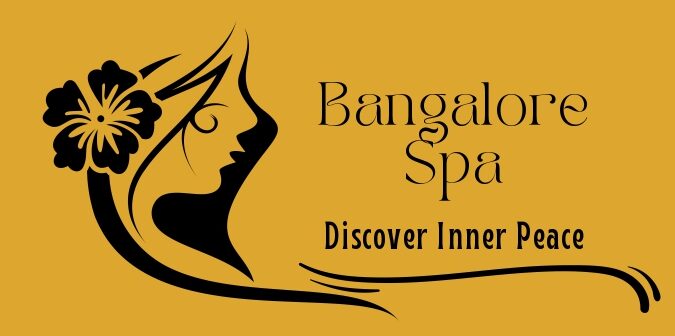
Bangalore Best SPA by Hardev
Copyright © 2024| powered by Wiz Business Services.

